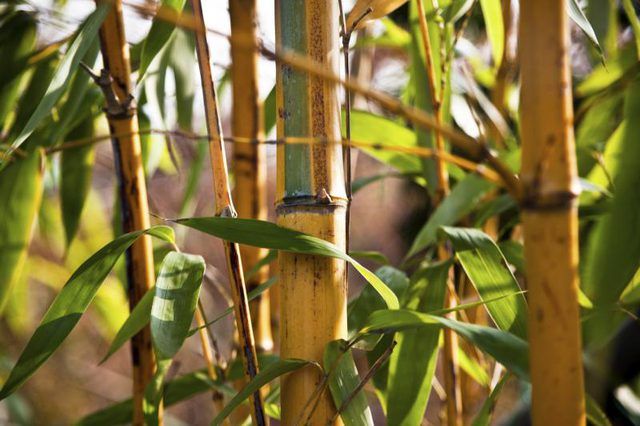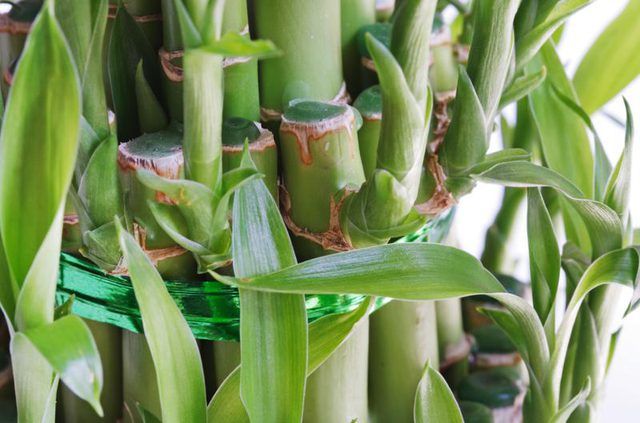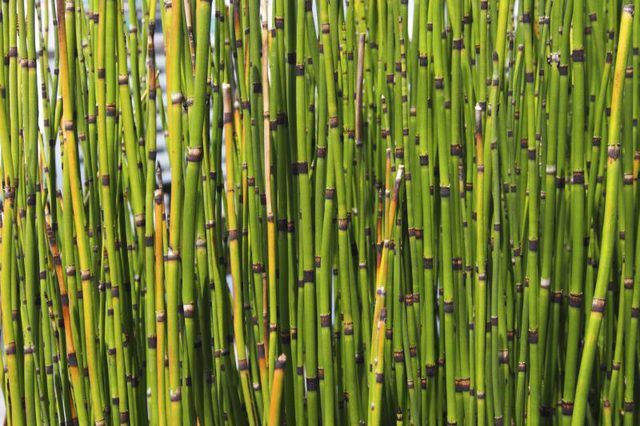Bulbs
Flower Basics
Flower Beds & Specialty Gardens
Flower Garden
Garden Furniture
Garden Gnomes
Garden Seeds
Garden Sheds
Garden Statues
Garden Tools & Supplies
Gardening Basics
Green & Organic
Groundcovers & Vines
Growing Annuals
Growing Basil
Growing Beans
Growing Berries
Growing Blueberries
Growing Cactus
Growing Corn
Growing Cotton
Growing Edibles
Growing Flowers
Growing Garlic
Growing Grapes
Growing Grass
Growing Herbs
Growing Jasmine
Growing Mint
Growing Mushrooms
Orchids
Growing Peanuts
Growing Perennials
Growing Plants
Growing Rosemary
Growing Roses
Growing Strawberries
Growing Sunflowers
Growing Thyme
Growing Tomatoes
Growing Tulips
Growing Vegetables
Herb Basics
Herb Garden
Indoor Growing
Landscaping Basics
Landscaping Patios
Landscaping Plants
Landscaping Shrubs
Landscaping Trees
Landscaping Walks & Pathways
Lawn Basics
Lawn Maintenance
Lawn Mowers
Lawn Ornaments
Lawn Planting
Lawn Tools
Outdoor Growing
Overall Landscape Planning
Pests, Weeds & Problems
Plant Basics
Rock Garden
Rose Garden
Shrubs
Soil
Specialty Gardens
Trees
Vegetable Garden
Yard Maintenance
How to Get Rid of Bamboo
How to Get Rid of Bamboo. Bamboos (Bambusa spp., Phyllostachys spp.), large perennial members of the grass family, might make attractive screens, hedges, windbreaks or specimens, but these beautiful plants are also one of the hardest ornamentals to control once they've escaped their designated growing areas. They're hardy in U.S. Department of...
Bamboos (Bambusa spp., Phyllostachys spp.), large perennial members of the grass family, might make attractive screens, hedges, windbreaks or specimens, but these beautiful plants are also one of the hardest ornamentals to control once they've escaped their designated growing areas. They're hardy in U.S. Department of Agriculture plant hardiness zones 4 to 11, depending on type. Although some species are well-behaved, many bamboos are aggressive creepers that attempt to take over entire landscapes -- cracking sidewalks, damaging foundations and overtaking ponds, flowerbeds or streams as they spread. Repeatedly digging, cutting and spraying bamboo can eventually help you get rid of unwanted plants.

Approximately 1,200 bamboo species exist, with each one characterized as either running or clumping. Clumping bamboo bears short, compact roots that spread slowly, typically just a few inches every year. Getting rid of clumping bamboo usually requires little more than grubbing it out with a garden spade. Running bamboo plants, on the other hand, use their tough underground stems, called rhizomes, to spread up to 12 inches a day. This aggressive spreading action allows the mother plant to send up new shoots as far as 100 feet away. Removing a running bamboo plant usually requires frequent digging, cutting and herbicidal treatments.

You can often remove bamboo plants by digging them out of the soil, but it might take several seasons for your labor to pay off. Make the digging process easier by moistening the soil with a garden hose beforehand. Break up the soil around the primary bamboo plant, digging at least 18 inches deep to get to the shallow, horizontal roots. Grub out the main plant up by lifting it up from underneath with a garden spade or shovel. Examine the root system to make sure no pieces broke off during the process. If they did, dig in a circle around the hole to find the remaining rhizomes. Even a tiny piece of stem can send up a new bamboo shoot. Place plant debris in a plastic trash bag and throw it in a covered garbage can. Monitor the site closely, promptly digging up any new growth.

Frequently cutting bamboo stems down to the soil line will eventually kill the entire plant. Pruning shears can typically handle small stems, but you might need a saw or a machete to cut through the large, tough bamboo stalks. New shoots will resprout from the rhizomes, so promptly cut down the regrowth when it reaches between 20 and 24 inches high. Repeated cutting removes the leaves required for photosynthesis, so the plant must turn to the food reserves stored in its root system. Once it uses up the reserves, the bamboo plant can't send up new shoots, and the underground stems will rot and die. The cutting process typically takes one to two years to work. Be sure to sterilize all gardening tools when you're finished cutting the bamboo.

Glyphosate-based herbicides are the most effective bamboo killers available to homeowners, but use a solution containing a 41 percent concentration of the chemical for optimal control results. For foliar treatments of actively growing leaves, mix 6 fluid ounces of glyphosate concentrate for every gallon of water. Use a handheld garden sprayer to uniformly coat the leaves until they glisten with moisture. Repeat the application once the bamboo shoots send out new leaves. Wear protective eye covering and clothing, and keep people and pets out of the treatment area until the solution dries, or at least six hours. Spray only on calm days so the solution doesn't drift to other plants. Glyphosate kills or damages any broadleaf plants or grass it lands on. Do not water the treatment area for seven to 10 days to avoid injuring the roots of nearby desirable plants.
